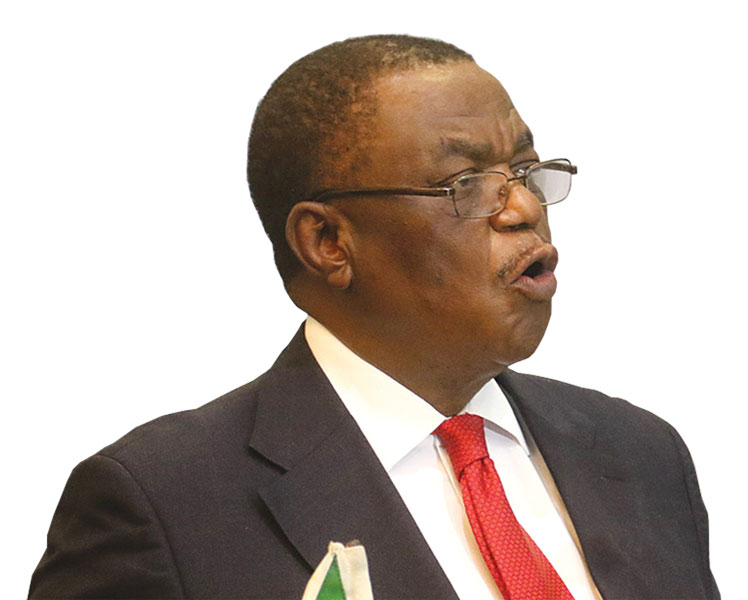
BY Taurai Mangudhla/Chiedza Kowo
HEALTH minister Constantino Chiwenga yesterday urged citizens to get vaccinated against the coronavirus, warning that people could only ignore the programme at their own peril.
Addressing guests at the commissioning of cement manufacturer Lafarge’s US$25 million dry mortar mix plant in Harare yesterday, Chiwenga said: “Do not experiment. Prevention is better than cure and the consequences in this case are grave. Once you go six feet under you are gone.
“We want to make sure all those that are eligible for vaccination get the jab.”
Zimbabwe rolled out its inoculation programme in February with the Sinopharm vaccine from China, but the programme has had low uptake.
The southern African country is targeting to achieve 60% herd immunity.
The COVID-19 pandemic has ravaged the economy over the past year following imposition of a hard lockdown. About 371 000 Zimbabweans have been vaccinated as of Monday. Zimbabweans above the age of 16 are eligible to receive the jab.
Speaking at the same event, Lafarge chief executive Precious Nyika said the high cost of electricity and transport were making local cement production more expensive compared to other countries in the region.
- Chamisa under fire over US$120K donation
- Mavhunga puts DeMbare into Chibuku quarterfinals
- Pension funds bet on Cabora Bassa oilfields
- Councils defy govt fire tender directive
Keep Reading
“We will continue to engage government on a number of cost drivers that will make our industry more competitive. These are cost of power both electricity and coal,” Nyika said.
“Cement production is one of the most energy intensive processes, consuming an average of four to five gigajoules per tonne of cement, which represents 20% to 30% of total production costs.”
“Your Excellency, just to give a comparison, the coal price ex-factory is about US$42 per tonne in Zimbabwe, compared to US$30 per tonne in South Africa and Botswana,” she said, adding that regional players had benefited from a robust rail system that reduced the distribution costs.
The plant will see Lafarge moving from an annual capacity of 7 000 tonnes per annum to 100 000 tonnes per annum and substitute imports.
- Follow us on Twitter @NewsDayZimbabwe











